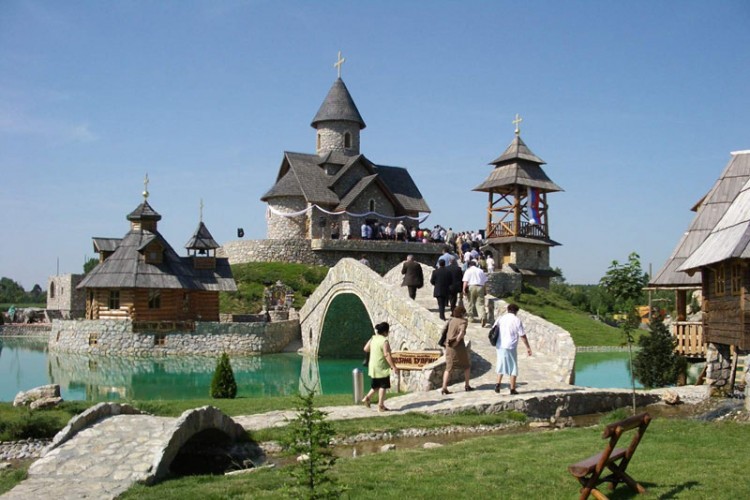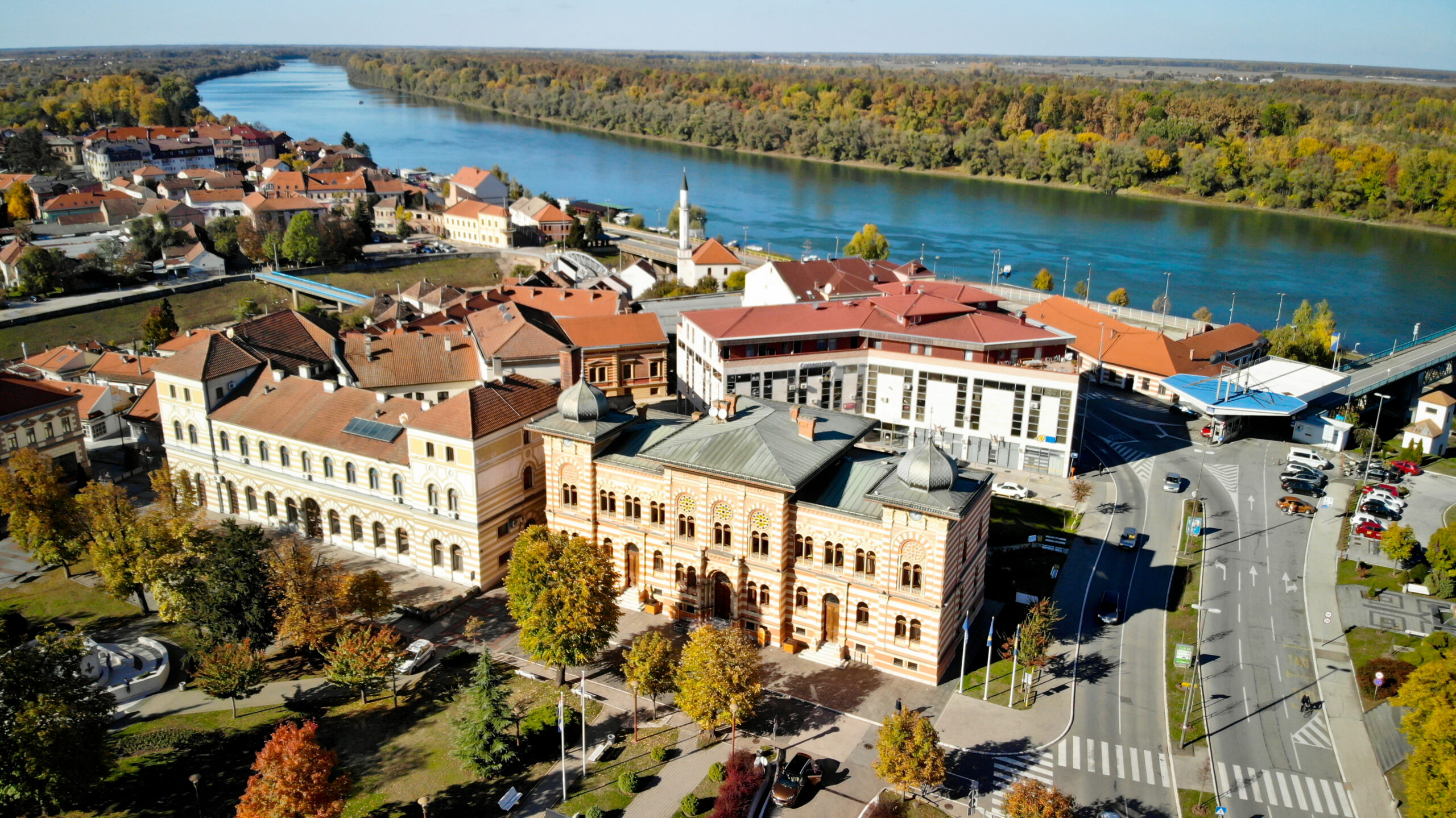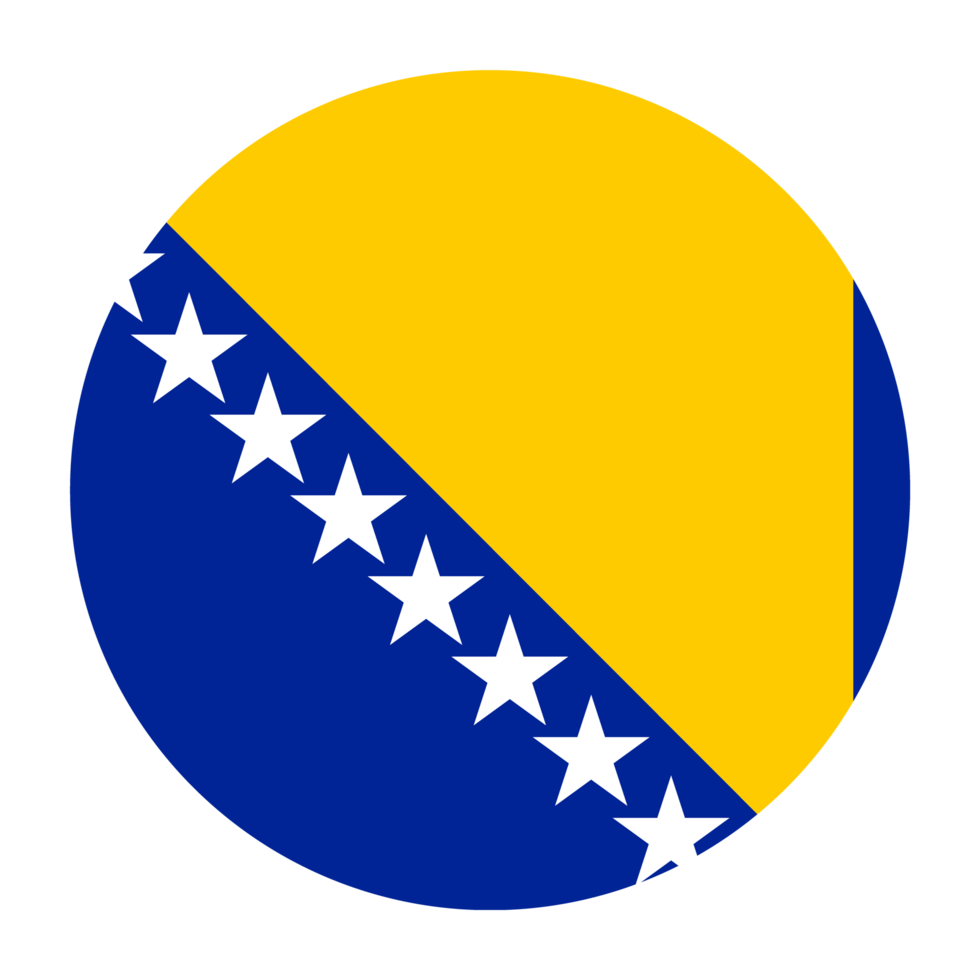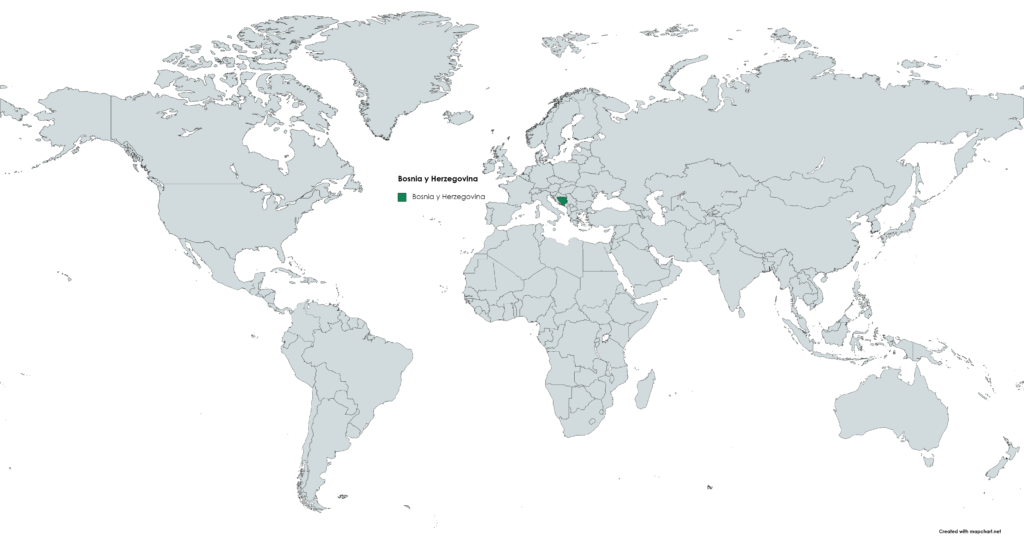Bosnia and Herzegovina travel tips
Bosnia and Herzegovina travel tips: In the Balkans, captivates with diverse landscapes, historic cities, and a rich cultural tapestry reflecting its complex history.
Districts 🌎
Bosnia and Herzegovina travel tips. Here is a list of all the districts of the Bosnia and Herzegovina.

Federation of Bosnia and Herzegovina

Republika Srpska

Brčko District
Before you go 🛩
Important information you should know before your trip
Info

Capital | Sarajevo
Flag Codes:
ISO alpha-2 BA,
ISO alpha-3 BIH
Currency
Badge | Convertible Mark
CODE | BAM
NUMBER | 977
SYMBOL | KM
FRACTION | fening
Mobile Coverage
Dialing Code | +387
SIM Card
Coverage | 3G / 4G / 5G |
Mobile Networks | BH Mobile | HT Eronet Mobile | Mtel Mobile |

Location
Bosnia and Herzegovina is a country located in Southeastern Europe on the Balkan Peninsula. It is bordered by Croatia to the north, west, and south, Serbia to the east, and Montenegro to the southeast. The country has a diverse geography, with the Dinaric Alps running through its western and southern regions, and the Pannonian Basin covering the northern part. The capital and largest city of Bosnia and Herzegovina is Sarajevo.
Currency
Bosnia and Herzegovina has three official currencies: The Bosnian Mark (BAM) Convertible Mark (KM) And the Serbian currency (RSD) Although the latter is not an official currency in the territory of Bosnia and Herzegovina, it is accepted in some Serb-majority areas, especially Republika Srpska.
Languages
In Bosnia and Herzegovina the three official languages are Bosnian, Croatian and Serbian. These languages are mutually understandable and are also called Serbo-Croatian languages, although they are considered different official languages in Bosnia and Herzegovina. Furthermore, in some areas of the country minority languages such as German, Italian and Hungarian are spoken.
Climate 🌡
Bosnia and Herzegovina has a varied climate due to its diverse geographical features. The country experiences a mixture of Mediterranean, continental, and mountainous climates.
In the northern and central parts of the country, which includes the Pannonian Basin, the climate is predominantly continental. Summers are generally hot with temperatures often exceeding 30°C (86°F), while winters are cold and snowy with temperatures dropping below freezing. Spring and autumn are transitional seasons with milder temperatures.
In the southern regions, particularly in the mountainous areas of the Dinaric Alps, the climate is more alpine and Mediterranean. Summers are warm and pleasant, while winters are cold and snowy. The mountainous areas receive a significant amount of precipitation throughout the year, with heavy snowfall in winter.
The coastal region of Bosnia and Herzegovina, which is a small strip along the Adriatic Sea, has a Mediterranean climate. Summers are hot and dry, with temperatures averaging around 30°C (86°F). Winters are mild and wet, with temperatures rarely dropping below freezing.
Bosnia and Herzegovina travel tips
If you’re planning a trip to Bosnia and Herzegovina, here are some travel tips to enhance your experience:
Cultural Fusion:
Immerse yourself in the diverse blend of Ottoman, Austro-Hungarian, and Yugoslav influences.
Seasonal Considerations:
Plan activities based on seasons; summer for festivals, winter for skiing, and spring/fall for pleasant weather.
Local Festivals:
Check the calendar for festivals like Sarajevo Film Festival or Mostar Blues & Rock Festival for cultural immersion.
Explore Off the Beaten Path:
Venture beyond popular tourist spots to discover hidden gems and experience authentic Bosnia.
Transportation:
Navigate efficiently with buses and trains, and consider renting a car for remote areas. View Guide.
Religious Diversity:
Respect Bosnia’s religious diversity; visit mosques, churches, and synagogues coexisting harmoniously.
Traditional Cuisine:
Savor local delights like cevapi, burek, and baklava, experiencing the country’s culinary richness.
Enjoy your time in Bosnia and Herzegovina!

The best of the best
Bosnia and Herzegovina has a rich culinary tradition influenced by its Balkan, Ottoman, and Central European heritage.

Ćevapi
One of the most popular dishes, Ćevapi, is made of grilled minced meat, usually beef or lamb, shaped into small sausages and served with somun, a type of bread, onions, and kaymak, a creamy dairy product.

Burek
Burek is a pastry filled with various ingredients, most commonly ground meat, cheese, or spinach.

Bosnian Pot
Bosnian Pot, or Bosanski Lonac, is a hearty stew made with a combination of meat, such as beef, lamb, or chicken, and a variety of vegetables like potatoes, carrots, and cabbage.
Here are some typical foods you can find in Bosnia and Herzegovina:
Pita: Pita is a type of pastry that comes in various forms. Sirnica is a cheese-filled pita, Zeljanica is filled with spinach, and Krompiruša contains a potato filling. Pita is a common dish for breakfast or as a snack.
Klepe: Klepe are small dumplings similar to Italian ravioli or Turkish manti. They are typically filled with ground meat, usually beef or lamb, and served with a creamy sauce, such as sour cream or yogurt.
Bosanski Lonac: Bosanski Lonac is a traditional meat and vegetable stew, often prepared for special occasions. It consists of layers of meat, usually beef or lamb, and a variety of vegetables, such as potatoes, carrots, and onions, cooked slowly in a pot.
Baklava: Baklava is a sweet pastry made of layers of filo dough filled with chopped nuts, usually walnuts or pistachios, and sweetened with syrup or honey. It’s a popular dessert in Bosnia and Herzegovina.
Tufahija: Tufahija is a traditional Bosnian dessert made of poached apples stuffed with a mixture of walnuts, sugar, and cinnamon, then garnished with whipped cream.
The cuisine of the country reflects its cultural heritage and offers a range of flavors and tastes.
Transportation 🚥
More information about this country
Choose your destination 📍🗺
Useful Links ✅



